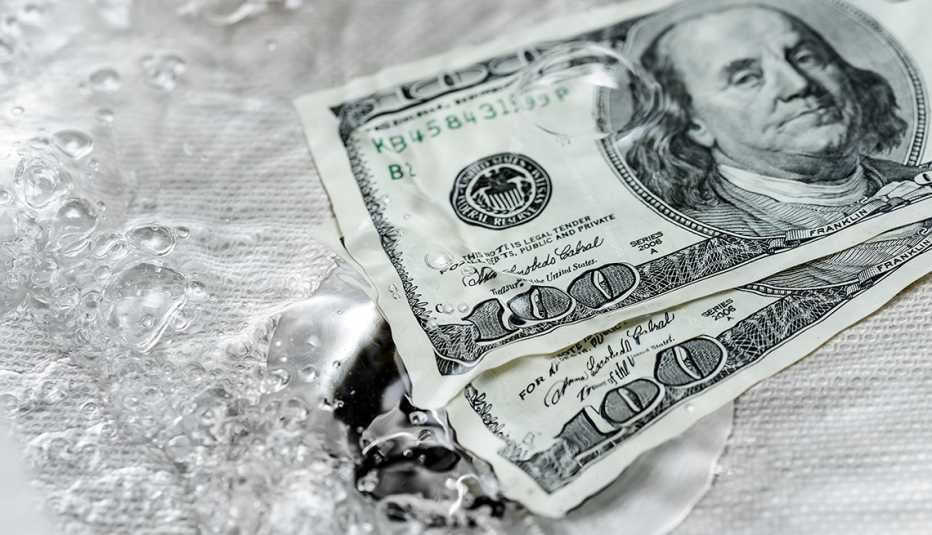Staying Fit
You may have made — and already broken — several New Year's resolutions. Remember the entire box of holiday cookies you scarfed down in one sitting? But you need to make and keep some financial resolutions as well if you want to enjoy a prosperous 2020 and beyond. Here are five to consider.
Build an emergency fund
Fewer than half of Americans 50 and older have an emergency savings account, according to the AARP Public Policy Institute. Don't be one of the 51 percent who don't. If you're still working, you'll need enough money to keep the lights on if you find yourself in between jobs. If you're retired and have enough income from Social Security and other sources to pay the bills, you'll still need enough to cover annoying yet routine expenses, such as replacing your refrigerator or getting a new set of tires.


AARP Membership— $12 for your first year when you sign up for Automatic Renewal
Get instant access to members-only products and hundreds of discounts, a free second membership, and a subscription to AARP the Magazine.
To replace money from a job, figure out how much you spend each month. It's not quite as much as you might think, since you won't be contributing to a 401(k) or, for that matter, paying as much in income tax. You'll still need to eat, use electricity, talk on the phone, pay the rent or mortgage and drive.
The next question is how long that money should last. About 25 percent of those unemployed 27 weeks or longer are 55 and over, according to the U.S. Bureau of Labor Statistics. That's nearly seven months. If your vital expenses (minus any other income) are $2,000 a month, you should target about $13,500 for your emergency fund if you can. But even modest emergency savings of as little as $250 can help avert a financial crisis for the most vulnerable households, AARP finds.
This money needs to be there when you need it, and you don't know when you'll need it. Keep it in a savings account, bank money market account or a money market mutual fund. To build the balance, set up automatic transfers into your emergency savings account.
Boost your retirement savings
You can contribute a maximum $19,500 to your 401(k) savings plan in 2020, assuming you're still working, plus $6,500 in catch-up contributions if you're 50 or older. Those limits are unchanged for 2021. If your company matches any of your contributions, that's gravy.
If you're not contributing the maximum — and, let's be honest, most people eligible for catch-up contributions don't — at least try bumping it up 1 percent this year. It may not seem like much, but the biggest single factor impacting how much you'll have when you retire is how much you put in.
Let's say you work for Scrooge & Marley, and your salary is $50,000. You get 2 percent raises each year because, well, you work for Scrooge & Marley. If you contribute 6 percent of your salary every year and earn a 7 percent annual return, you'll have a bit over $48,000 in your account after a decade. If you increase your savings rate by one percentage point a year until you hit 10 percent, you'll have $70,600 after a decade.


































































